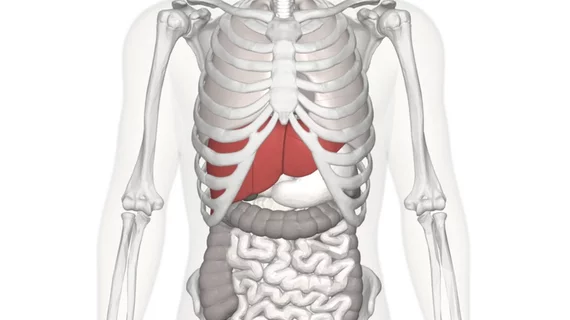Can radiologists confidently use contrast-enhanced ultrasound LI-RADS?
Radiologists can confidently use the contrast-enhanced ultrasound liver imaging reporting and data system (CEUS LI-RADS) to categorize patients at high-risk for hepatocellular carcinoma (HCC), according to an Oct. 8 study published in the European Journal of Radiology.
Four ultrasound physicians used CEUS LI-RADS to rate the HCC likelihood of focal liver lesions (FLLs) in more than 1,000 patients. Upon analysis, first author Jia Wu Li and colleagues found the readers largely agreed on CEUS LI-RADS categories and major features. Adding more LR-M (lesions that are probably or definitely malignant, but don’t appear compatible with HCC) features may even improve lesion classification.
“The results indicated that CEUS LI-RADS could reduce the differences in the diagnosis of HCC among ultrasound physicians, which is also consistent with the purpose of CEUS LI-RADS,” Li, with West China Hospital of Sichuan University, and colleagues wrote.
HCC is the fifth most common malignant tumor in the world, the researchers explained. The American College of Radiology released the contrast-specific LI-RADS system in response to the widespread use of the material in clinical practice. To date, however, few studies have analyzed its interreader agreement, and in those that have, results have been inconsistent.
Li and colleagues retrospectively included 1,366 patients at risk for HCC who underwent CEUS between January 2014 and December 2017 in their study. They used weighted kappa statistics to assess interreader agreement on CEUS LI-RADS and major features such as arterial phase hyperenhancement (APHE) and washout appearance.
Overall, consistency between the four readers on CEUS LI-RADS categories was “substantial,” ranging from 0.61 to 0.73. The reporting system had the top specificity for diagnosing HCC (90.2%) and malignancy (90.9%) for FLLs less than 2 centimeters (cm) and less than 5 cm, respectively. It’s lowest marks for diagnosing HCC (54.6%) and malignancy (68.3%) was in FLLs greater than 5 cm.
Interreader agreement for APHE was “substantial to perfect,” while agreement for washout appearance was “moderate to substantial.”
The researchers noted that all four readers had three to five years of experience, which could have caused the high interreader agreement—an area that should be “further explored.”
“In conclusion, CEUS LI-RADS has good consistency among different ultrasound physicians and is a good standardized categorization system for high-risk patients,” the authors wrote. “In addition, the combination of two or three LR-M features may help improve the true-negative classification of HCC diagnosis.”

